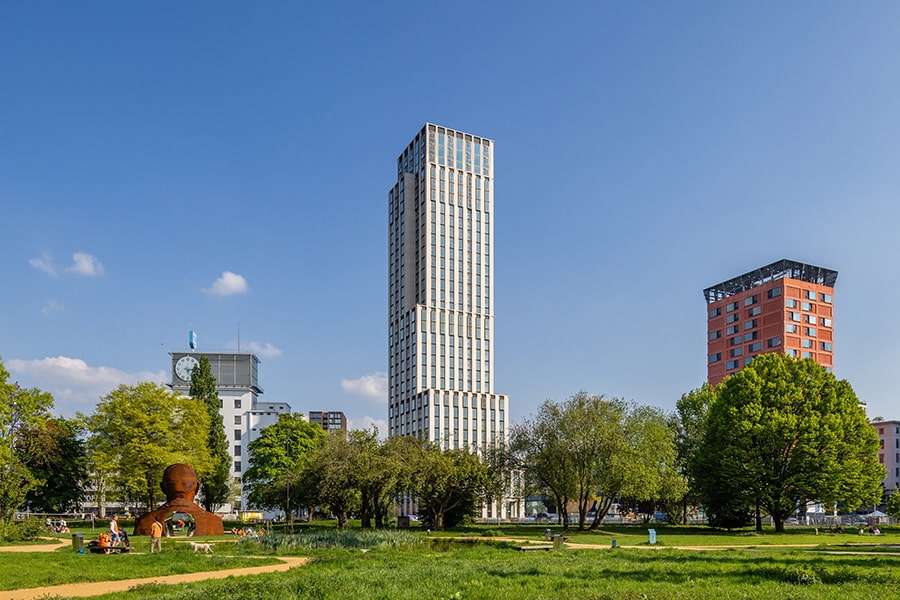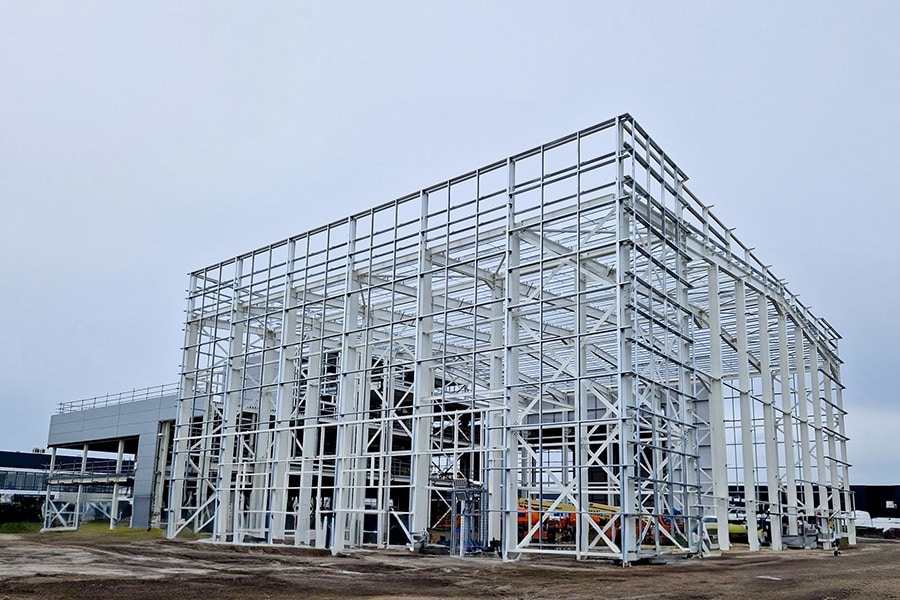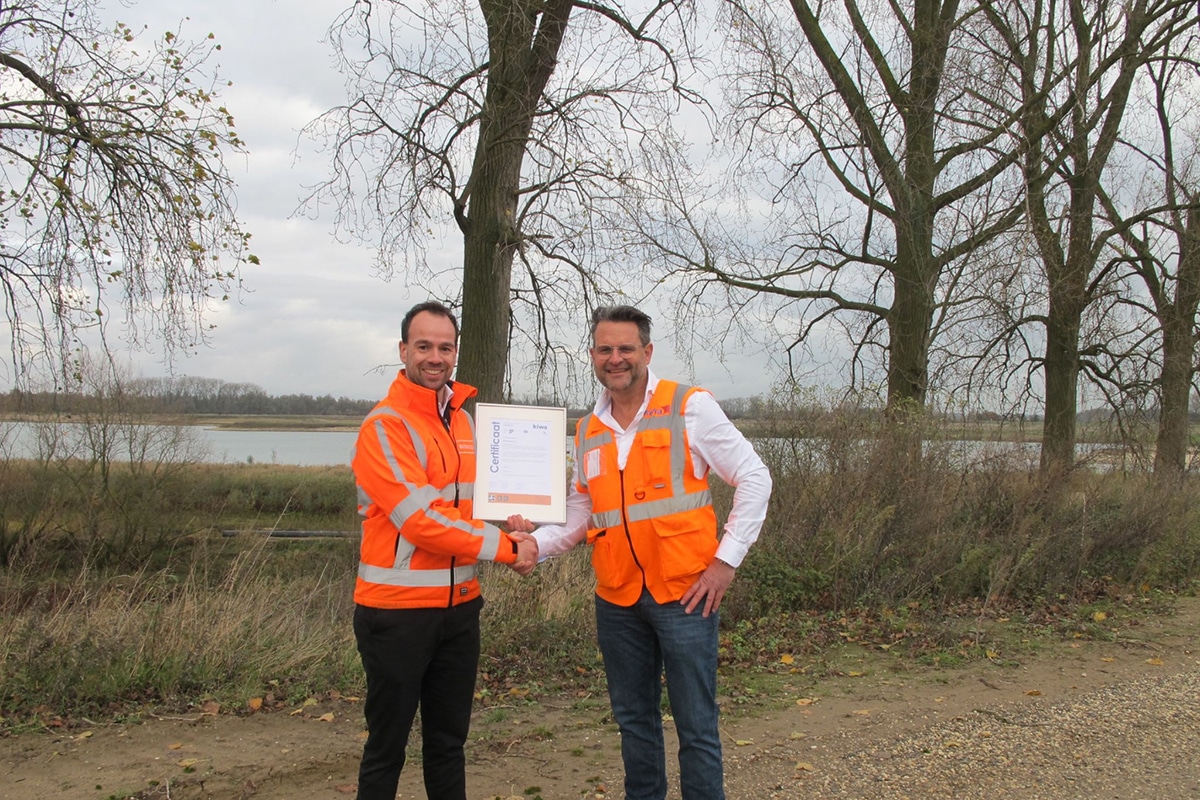
Safety Awareness: A matter of client and contractors
From Jan. 1, 2022, clients who have signed the Governance Code for Safety in Construction will include safety awareness as an obligation in tenders and contracts. Aboma offers implementation support through advisory programs to measure and make comparable the conscious safe conduct in companies. "In doing so, both contractors and principals emphasize safety culture and behavior," says Aboma consultant Mitran Boelee.
All parties in the construction industry that have signed or subscribe to the Governance Code, or companies that will perform work for these parties, will be required to make an additional investment in employee safety starting in 2022. The Safety Culture Ladder (formerly Safety Ladder) will be used as a standard instrument. The ladder consists of five ascending steps or levels. Each culture level indicates the stage of development in which the company in question is in the area of safety; its place on the ladder is determined by the highest step at which it still meets the requirements. Aboma helps the organizations involved, from guidance during implementation to certification. "To increase safety awareness in the chain, certification is not only required of contractors; clients also have themselves certified. This creates a joint and unified approach for the entire sector," Boelee said.
Self Assessment
Developer Synchroon worked with Aboma to properly deploy the Self Assessment Questionnaire, creating a GAP analysis and a Plan of Action. Boelee: "The result is equivalent to step 2 on the ladder; that level should be achievable for any SCC-certified company." Synchroon cost expert Jochem Joosten: "Incidents in construction projects are something no one wants, and Synchroon has been working for several years to increase safety awareness, prompted in part by the executing companies we work with within TBI. The Governance Code takes the competition out of safety, by setting minimum requirements, and provides tools for achieving them. Using the ladder has given us quick insight into where we can improve. What struck us is that the questionnaires are the same for developers, designers and contractors, and that requires some attention in answering. For example, we will ask clients for a risk inventory, but what happens after the building application is part of the executive practice."
'Further specify'
So help from Aboma in interpreting the questionnaire and creating a plan was really needed, Joosten said. The ongoing development of safety systems in the construction process is more complicated as the number of stakeholders increases, Boelee also acknowledges. "For a building developer it will be easier to work on an integrated safety system, but this type of process is precisely for safety awareness in project collaborations." If translated correctly, Boelee and Joosten are convinced of the usefulness of trajectories such as these. "Only as a whole do we achieve a better level of safety in the construction industry and ultimately fewer accidents."




